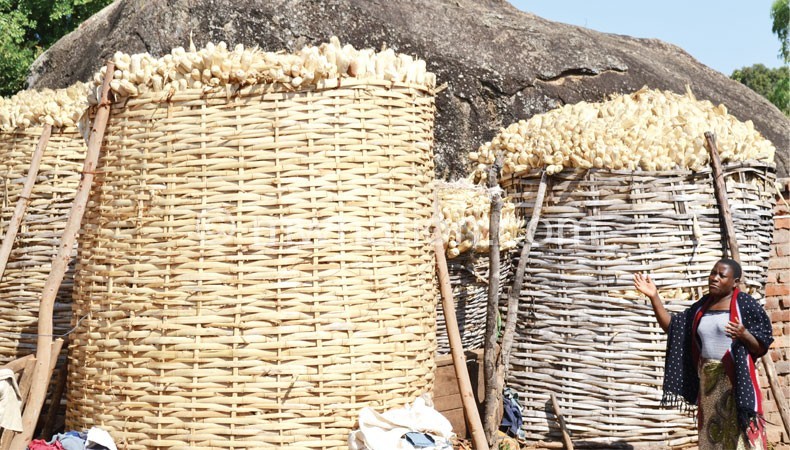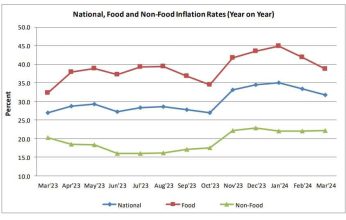Maize prices fall below projection
Average national maize prices fell by about seven percent lower than projected and 11 percent lower than May prices in the first two weeks of June 2014.
The lower prices for maize, a staple food for many Malawians, will ensure food access for poor households while at the same time driving down inflation which is made up of over 50 percent food basket.

Inflation rate in May fell to 22.6 percent.
Average maize prices were projected to range from K65 per kg to K92 per kg in June and rise to K74 per kg to K102 per kg from July to September 2014.
Famine Early Warning System Network (Fewsnet) in the June 2014 report has said that maize prices continued to show a downward trend with average national maize prices between April and May decreasing by about 13 percent due to improved availability of food with the new harvest coupled with the stability of the kwacha.
Maize prices dropped by about 16 percent between March and April according to the network.
The network notes that favourable food availability conditions exist across much of the country and access continues to improve as prices decline and food supplies reach local markets.
According to the Ministry of Agriculture and Food Security second round production estimates for the 2013/2014 season indicate that national maize output is projected at 3.9 million tonnes about eight percent increase from last years’ production due to what the ministry said was because of the Farm Input Loan Programme (Filp) which complemented the Farm Input Subsidy Programme (Fisp).
The ministry has also estimated that rice production will increase by five percent to 130 811 tonnes due to increased use of fertiliser and increased production area under irrigation farming.
Cassava is expected to increase by seven percent to 4.8 million tonnes while sweet potatoes’ output will jump by 10 percent to 3.8 million tonnes.
Due to the improved food availability, acute food insecurity is currently minimal across all groups as households consume their own produced harvests.
Although the majority of households in Malawi including the poor will face minimal food insecurity some areas will face problems.
Poor households in Karonga district and some parts along Shire will face reduced food availability and access due dry spells that led to reduced crop production, reduced household incomes, and projected food prices that will be slightly higher than last year’s levels.





